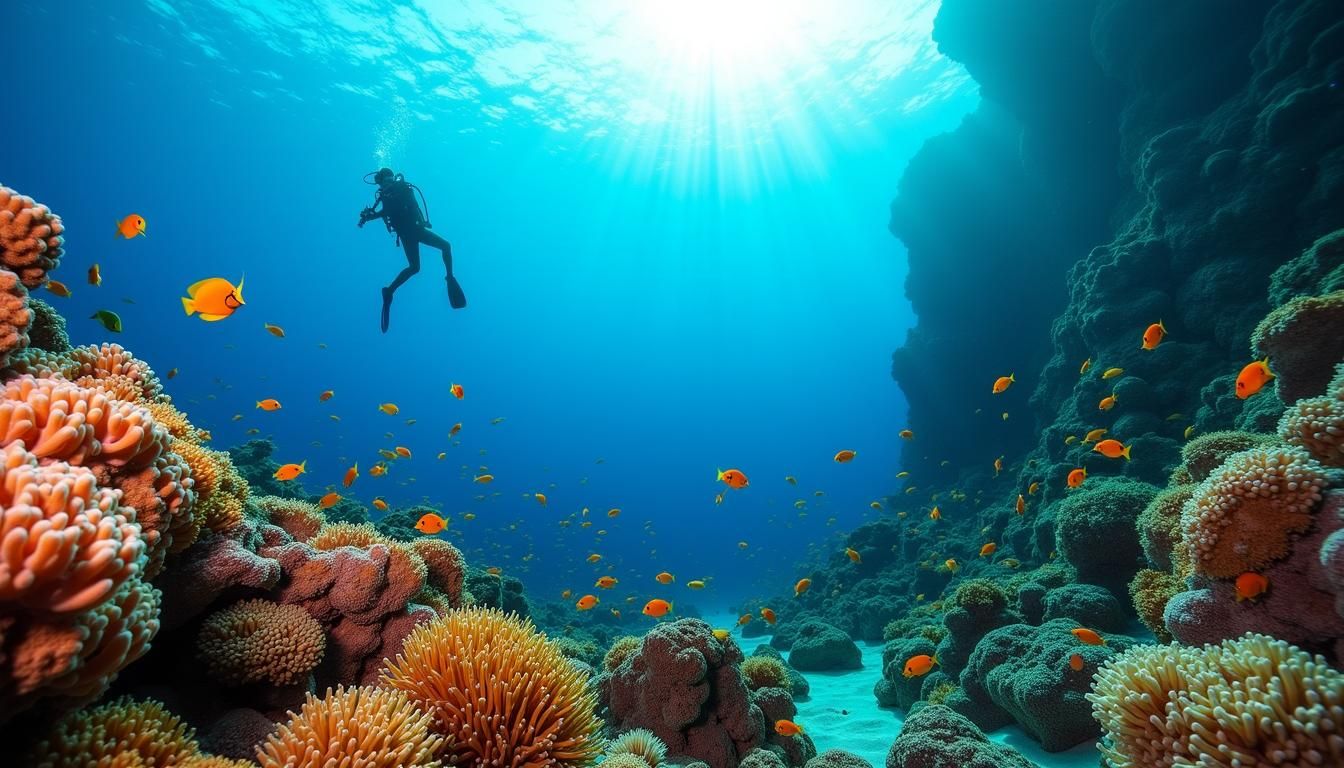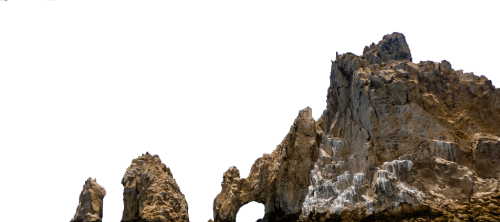
Cabo San Lucas is more than sun-soaked beaches and vibrant nightlife—it’s a gateway to one of the most biodiverse underwater worlds on the planet. Here at Mucho Cabo, we’re passionate about uncovering the hidden treasures of this region, and few experiences rival the magic of diving into Cabo’s thriving coral reefs. From technicolor fish to ancient marine ecosystems, let’s explore why these underwater wonderlands are a diver’s paradise.
Located two hours north of Cabo San Lucas, Cabo Pulmo National Marine Park is the crown jewel of Baja California’s marine ecosystems. This UNESCO World Heritage Site shelters the only living coral reef on the western side of North America, a 20,000-year-old ecosystem teeming with life.
While Cabo Pulmo steals the spotlight, closer dive sites near Cabo San Lucas deliver equally unforgettable experiences.
Cabo’s reefs are a living testament to the power of conservation. At Cabo Pulmo, endangered species like the hawksbill sea turtle and gulf grouper have found a sanctuary. The reef’s revival has also made it a critical spawning ground, ensuring future generations of marine life thrive.
Key Species to Spot:
- Whale Sharks (seasonal visitors)
- Mobula Rays (known for their acrobatic breaches)
- Humpback Whales (migrate December–April)
- Colorful Reef Fish: Angelfish, parrotfish, and triggerfish dart among the corals.
As stewards of this fragile ecosystem, divers must adopt eco-friendly practices:
Cabo Pulmo’s revival is a beacon of hope, but challenges remain. Surging tourism has led to overcrowding, prompting locals to advocate for stricter visitor limits. Organizations like Amigos para la Conservación de Cabo Pulmo (ACCP) work tirelessly on initiatives like:
- Reef health monitoring
- Sea turtle protection programs
- Community-led patrols to deter illegal fishing
By choosing responsible operators and minimizing our footprint, we can ensure these reefs thrive for centuries.
Cabo’s coral reefs are more than a diving destination—they’re a story of resilience, community, and natural wonder. Whether you’re gliding past a school of jacks at Cabo Pulmo or watching sand cascade into the deep at Pelican Rock, every dive here is a step into a living, breathing ecosystem.
At Mucho Cabo, we believe in exploring with purpose. By diving sustainably, you’re not just witnessing beauty—you’re helping protect it. Ready to take the plunge? The underwater wonders of Cabo await.
Sources:
- Cabo San Lucas Dive Sites
- Smithsonian Ocean: Cabo Pulmo
- Cabo Private Guide: Sustainable Diving
